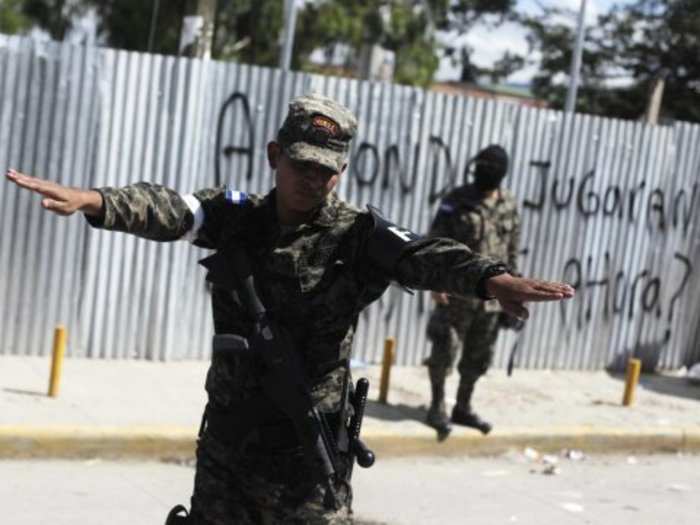The 10 Cities Most At Risk Of Being Hit By Natural Disasters
10. Tehran, Iran

9. Los Angeles, USA
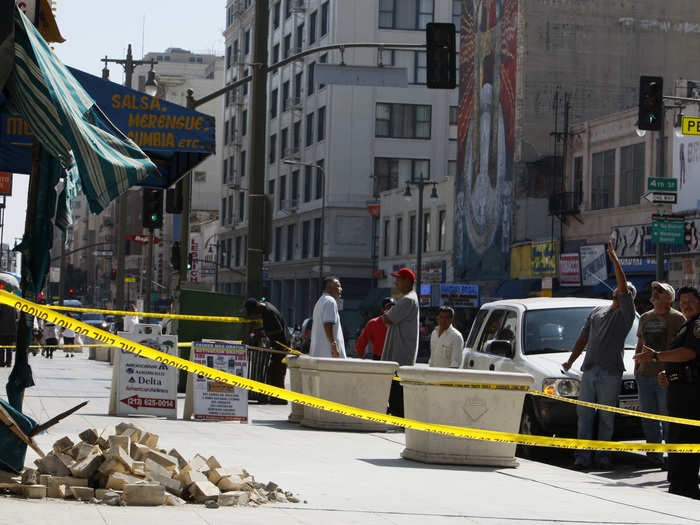
16.4 million people potentially affected
Los Angeles, like much of California, sits along the San Andreas Fault, making it one of the most earthquake prone places in the world. 14.7 million people are at risk directly of earthquakes at any given time in the city.
8. Shanghai, China
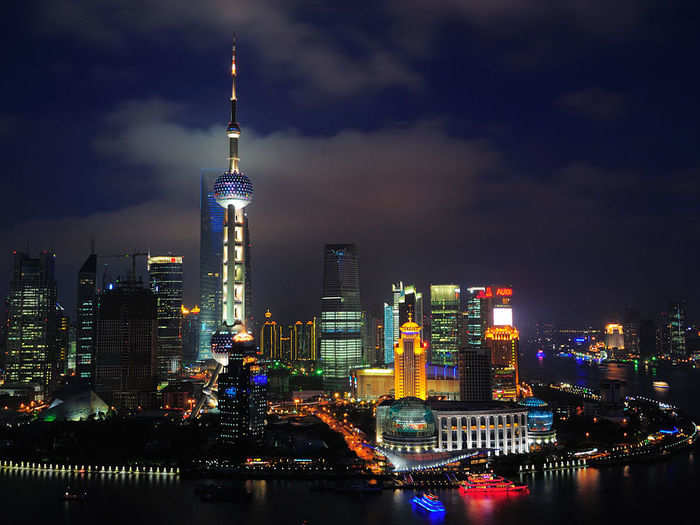
16.7 million people potentially affected
Shanghai, China's most populated city, is located on the Yangtze River Delta, making it vulnerable to serious flooding from storms and typhoons. Its long coastline and the large volume of water flowing through the city makes it especially at risk.
7. Kolkata, India
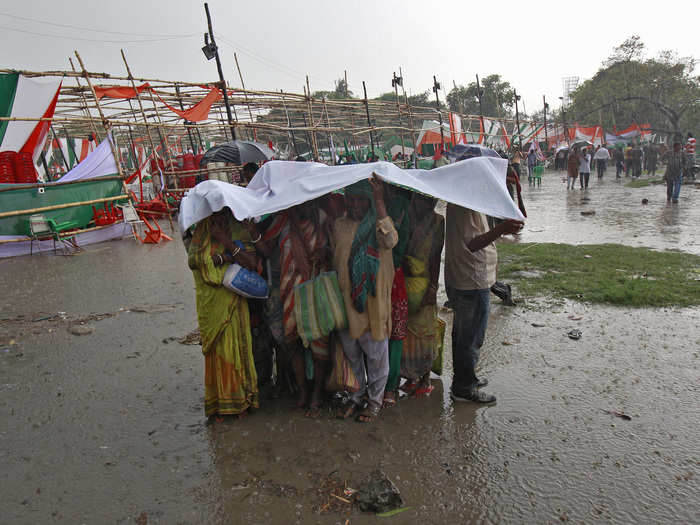
17.9 million people potentially affected
Kolkata is situated near the world's largest river delta, which makes it susceptible to flooding nearly every year. The drainage system, which is more than 140 years old, covers less than half of the city. Cyclones, tsunamis, and storm surges could also affect the city, which is ill-prepared to deal with a natural disaster.
6. Nagoya, Japan
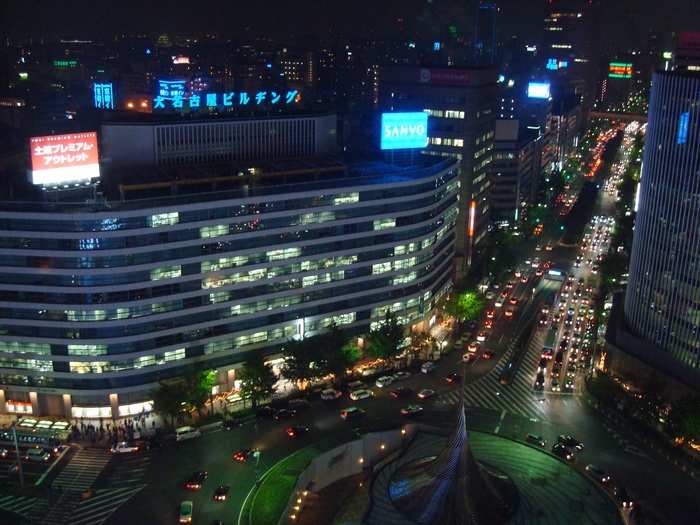
22.9 million people potentially affected
Many of Japan's major cities are situated directly along the Ring of Fire, a continuous series of active fault lines that account for 90% of the world's earthquakes. Tsunamis, caused or compounded by earthquakes, are a major risk in Nagoya, where they have the potential to be devastating.
5. Jakarta, Indonesia
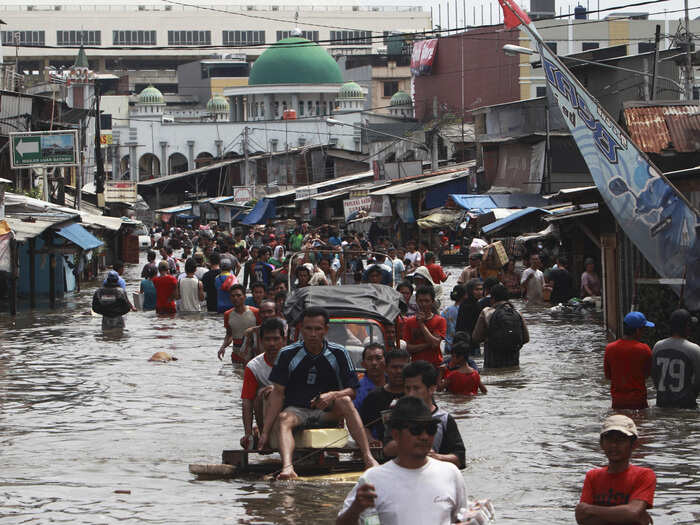
27.7 million people potentially affected
A lack of planning can exacerbate the effect of natural disasters, a phenomenon which has taken root in Jakarta. Wet season rains, insufficient drainage, and the fact that 40% of Jakarta is below sea level ensures that the city commonly experiences floods.
The government agreed to build 2 dams this year to ease the issue, but that does nothing to ease the other dangers that Jakarta faces — namely earthquakes. Situated near a fault line, Jakarta is prone to earthquakes, which are magnified by the soft, poorly drained soil.
4. Osaka-Kobe, Japan
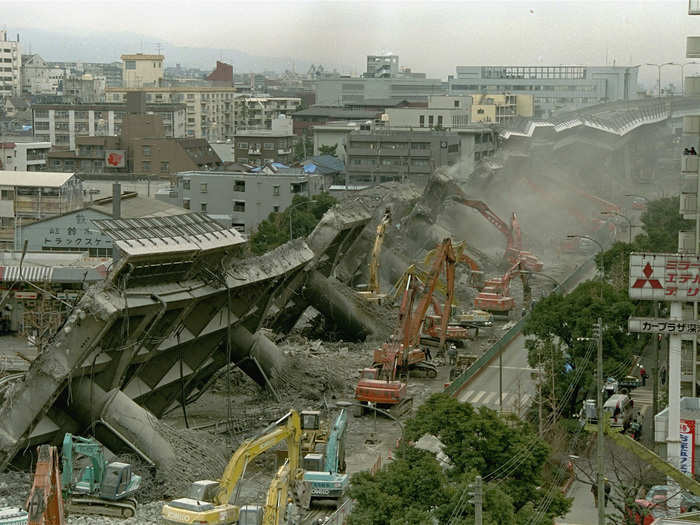
32.1 million people potentially affected
In 1995, the Great Hanshin earthquake devastated the Osaka-Kobe area, killing more than 6,000 people and causing $100 billion in damage. Another earthquake like that could easily hit again in the future and the city wouldn't be much more prepared. Because the city is on a coastal plain, the area is vulnerable to storm surges and ranks third for cities at risk of tsunamis.
3. Pearl River Delta, China
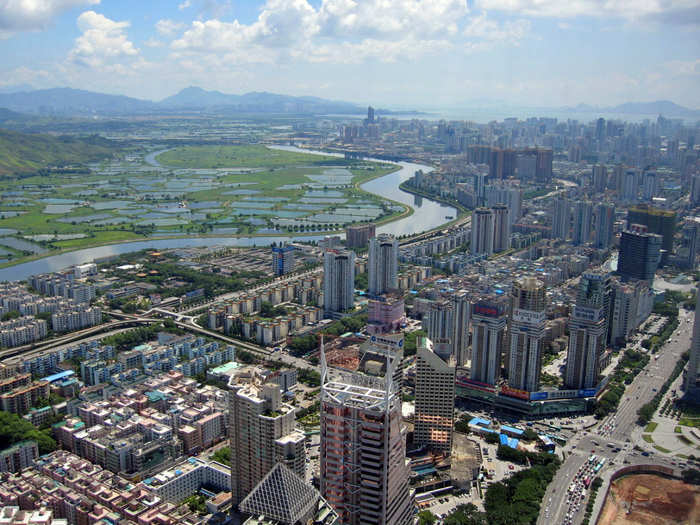
34.5 million people potentially affected
The urban density of the Pearl River Delta is unprecedented. Centered on vast flood plains are the massive cities of Shenzhen, Hong Kong, Dongguan, Macau, and Ghangzhou. The area is the number one area at risk for storm surge, the third highest for cyclonic wind damage, and the fifth highest for river floods.
2. Manila, Philippines
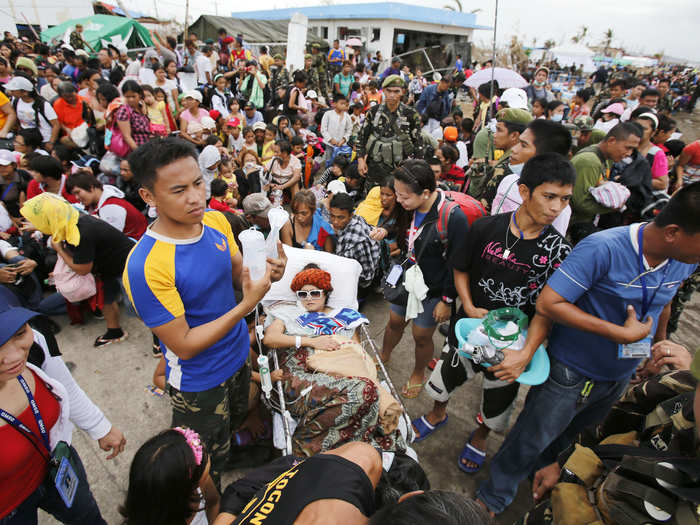
34.6 million people potentially affected
Manila may have gotten lucky during super typhoon Haiyan, dodging the worst the storm had to offer, but next time it might not be. Nearly half of Manila's population is seriously at risk of earthquake damage and the city is severely affected by high wind speeds and severe storms. Flooding has become a near annual disaster, plaguing the city in 2012 and 2013.
1. Tokyo-Yokohama, Japan
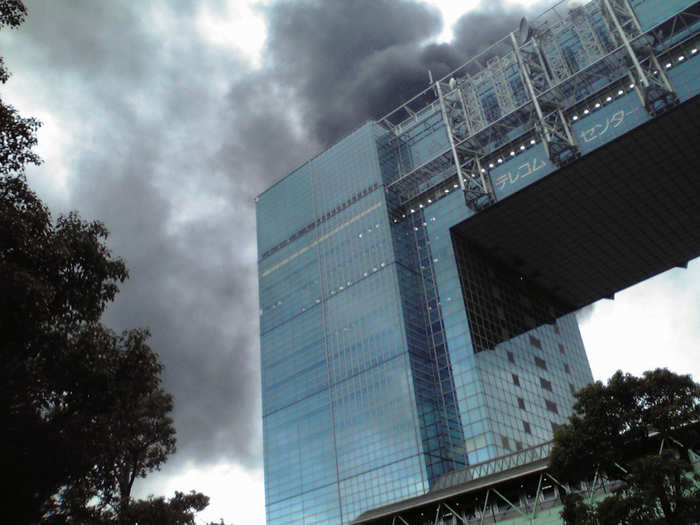
57.1 million people potentially affected
The Tokyo-Yokohama region is at a severe risk of nearly every potential calamity: earthquakes, monsoons, river floods, and tsunami. Nearly 80% of the population is seriously exposed at any time to large earthquakes. In addition, Tokyo is located on an active fault in the Pacific, making it especially at risk for tsunamis.
Popular Right Now
Popular Keywords
Advertisement
